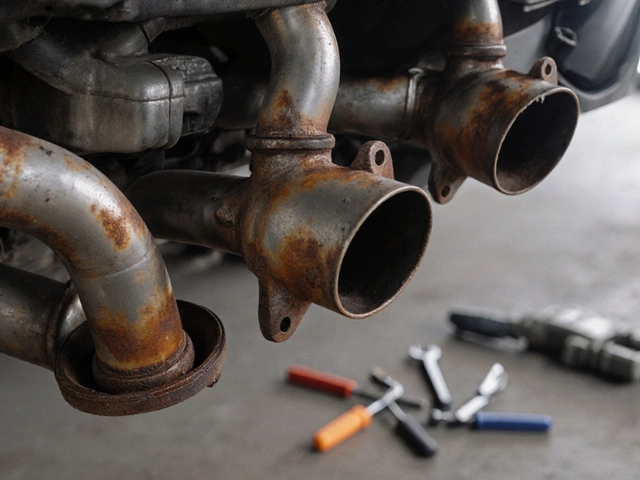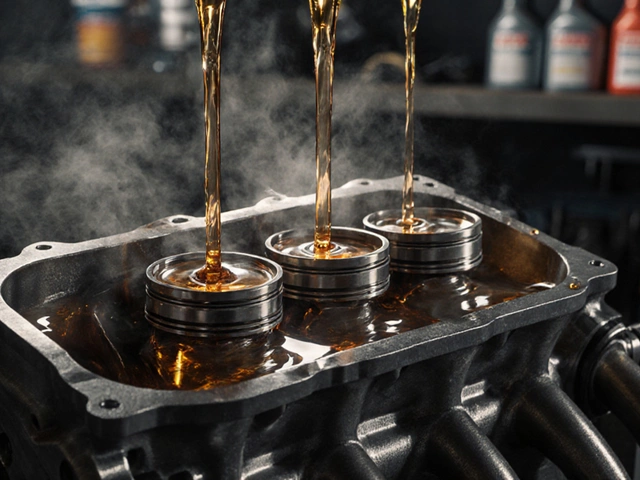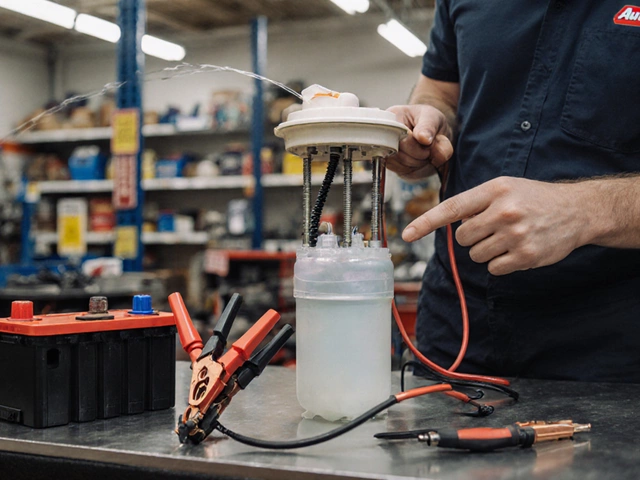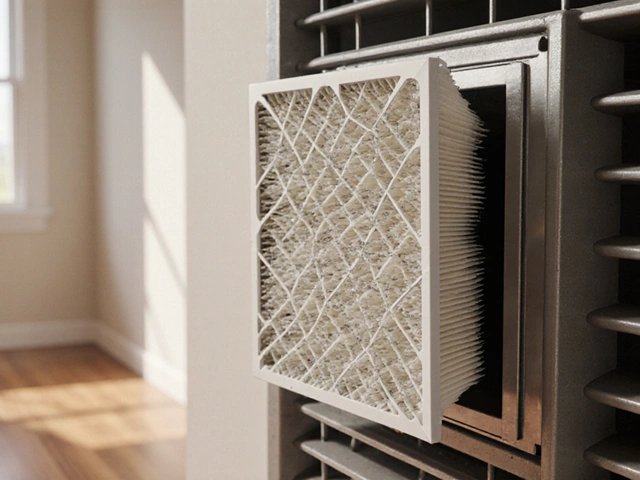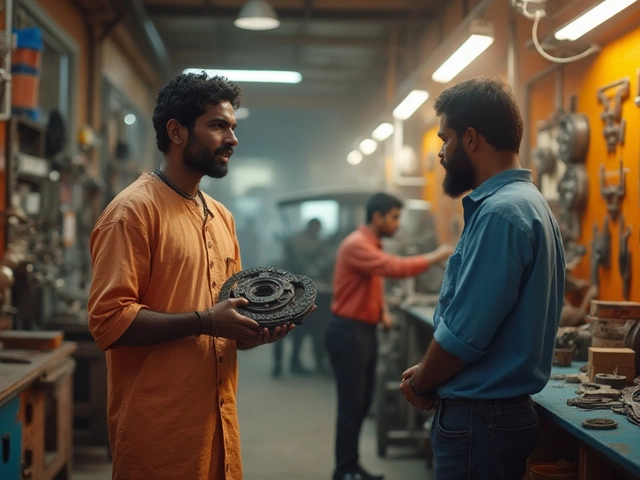Radiator Repair Tips: Fix Overheating Before It Costs You
When your car starts running hot, the radiator, the main component that cools engine coolant by transferring heat to the air. Also known as cooling system core, it’s the unsung hero keeping your engine from turning into scrap metal. A bad radiator doesn’t just make your car slow down—it can kill your engine in minutes if you ignore it. Most people think radiator problems are rare, but in reality, they’re one of the top five reasons cars break down on the road. And it’s not always the radiator itself—it’s often the hoses, the cap, or even a tiny leak that turns into a disaster.
Fixing a radiator isn’t just about swapping parts. It’s about understanding how the whole cooling system works together. The coolant leak, a common failure point where fluid escapes from hoses, gaskets, or the radiator core is usually the first sign. You might see puddles under your car, steam coming from the hood, or a warning light on your dash. But here’s what most people miss: a low coolant level isn’t the problem—it’s the symptom. The real issue is why it’s dropping. A cracked tank, a worn seal, or a damaged radiator fin can all cause leaks that get worse fast. And don’t forget the radiator hose, the flexible tubes that carry coolant between the engine and radiator. They crack, swell, or soften over time, especially in hot climates. A simple squeeze test can save you from a breakdown on the highway.
Some folks try to patch a radiator with stop-leak additives. Those might work for a tiny drip, but they’re not a fix—they’re a delay. Over time, they clog the cooling system, reduce efficiency, and can damage your water pump. If your radiator is more than five years old and showing signs of corrosion, it’s better to replace it. Replacing a radiator isn’t as hard as it sounds if you’ve got basic tools and patience. Drain the coolant, disconnect the hoses and fan, unbolt the old unit, and slip in the new one. Just make sure you flush the system afterward. Old coolant turns acidic and eats away at metal parts. And always use the right type of coolant for your car—mixing types can cause gelling or corrosion.
And here’s the thing: a bad radiator doesn’t just overheat your engine. It puts extra stress on everything else. Your water pump works harder. Your thermostat gets stuck. Your engine oil breaks down faster. That’s why you can’t wait until the car won’t start. If you’re topping off coolant every week, that’s your warning. If you hear gurgling from under the hood, that’s your alarm. If your temperature needle creeps into the red, that’s your signal to pull over. Don’t gamble with your engine. Radiator repair isn’t glamorous, but it’s one of the smartest things you can do to keep your car alive.
Below, you’ll find real-world advice from people who’ve been there—how to spot a failing radiator before it leaves you stranded, what tools actually matter, and which fixes are worth doing yourself versus when to call in help. No fluff. Just what works.
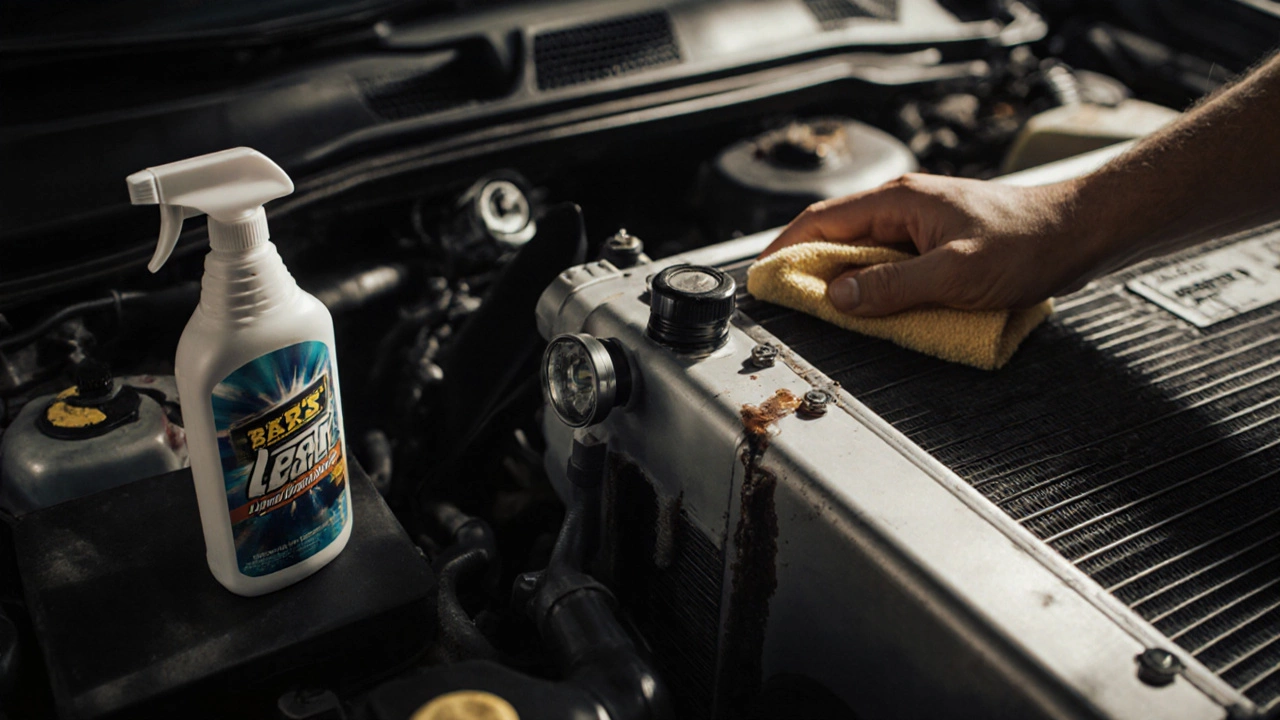
Can You Fix a Radiator Without Replacing It? Practical Fixes for Common Leaks and Clogs
You can often fix a leaking or clogged radiator without replacing it. Learn how to seal small leaks, flush clogs, and extend radiator life with simple, low-cost repairs that save hundreds.
CONTINUE READING